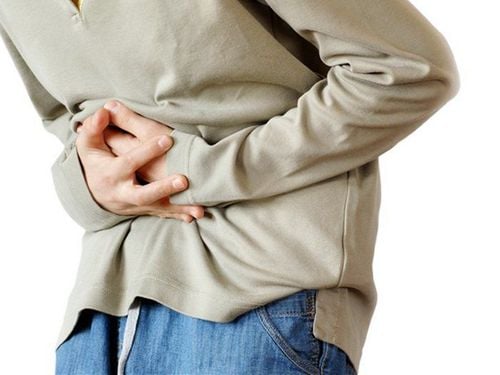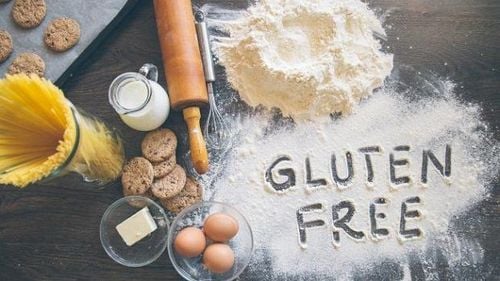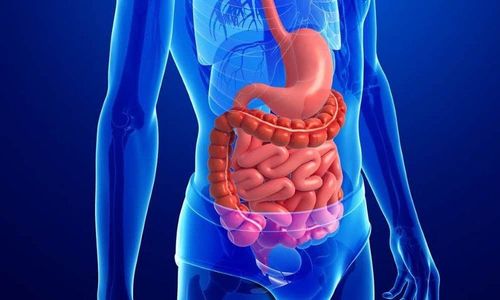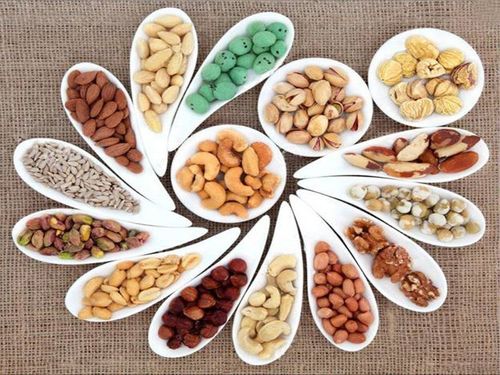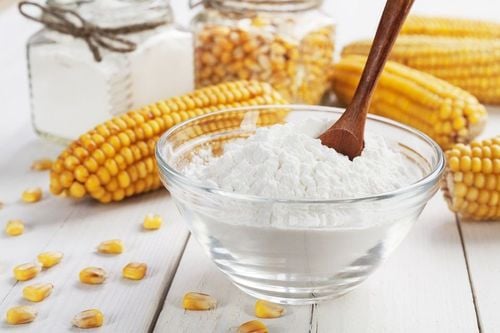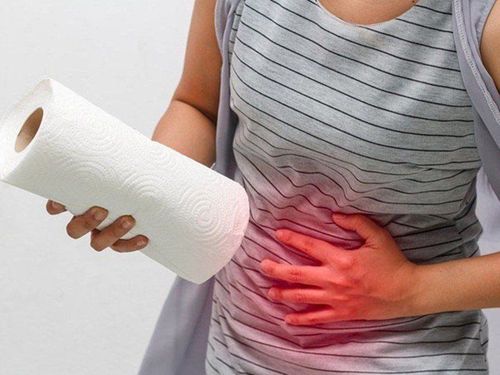This is an automatically translated article.
Celiac disease is a disorder that damages your small intestine and makes it impossible for you to absorb the nutrients in food. For the treatment of Celiac disease, the only option is to follow a gluten-free diet. This article provides essential information about the gluten-free diet for people with Celiac disease.1. What is celiac disease?
Celiac disease is a disorder that damages your small intestine and makes it impossible for your body to absorb the nutrients in food. Damage to your gut is caused by your immune system's reaction to gluten. Gluten is a protein found in wheat, barley, and rye. Some oats contain gluten.When you have celiac disease, gluten damages your immune system or destroys the villi. Microvilli are tiny, finger-like tubes located in your small intestine. The job of the villi is to bring nutrients from food into your bloodstream through the walls of your small intestine. If the villi are destroyed, you can become malnourished, no matter how much you eat. This is because you cannot absorb nutrients. Complications of the disorder include anemia, seizures, joint pain, osteoporosis, and cancer.
2. Lifestyle changes to deal with celiac disease
A gluten-free diet is the only treatment if you've been diagnosed with celiac disease. You will have to avoid gluten for the rest of your life. Even the smallest amount will trigger an immune system response and can damage your small intestine. Eating a gluten-free diet requires a new approach to food. A gluten-free diet usually means not eating most grains, pasta, and processed foods. The reason is that they often contain wheat, rye, and barley. You'll need to learn to be very careful with ingredients on packaging and choose gluten-free foods. Don't worry, you can still eat a well-balanced diet with a variety of foods, including meat, fish, rice, fruits and vegetables, plus processed foods marked as free. gluten .Gluten-free bread, pasta and other products have long been available at organic food stores and other specialty food stores. Today, you can find gluten-free products at most grocery stores. Gluten-free dishes are on the menus of all restaurants.
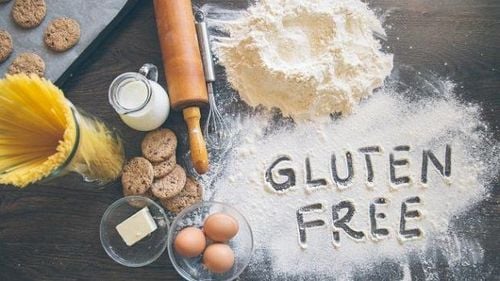
Người bệnh Celiac cần duy trì chế độ ăn không gluten
3. Tips for having a gluten-free diet
Here are the steps to take when eliminating gluten from your diet:Avoid all products with barley, rye, triticale (a cross between wheat and rye), farina, graham flour, semolina and any other flour, including self-rising and hard dough. Avoid products that are not labeled gluten-free. Be careful with corn and rice products. These are gluten-free but they can sometimes be contaminated with wheat gluten if they are made in factories that also make wheat products. Recent studies show that you can eat oats as long as they are not contaminated with wheat gluten during processing. You should check with your doctor first.
Use potatoes, rice, soybeans, amaranth, quinoa, buckwheat or pea flour instead of flour. You can also use sorghum, chickpeas or Bengal gram, galangal and cornmeal, as well as tapioca starch extract. They act as thickeners and leavening agents.
4. Double-check gluten-free food packaging
You should know terms for hidden gluten to avoid like einkorn, emmer, spelt, kamut, wheat starch, wheat bran, wheat germ, cracked wheat, and hydrolyzed wheat protein. Stay away from emulsifiers, dextrins, mono- and diglycerides, spices and caramel colors as they may contain gluten.Check the labels of all foods. Gluten can be found in foods you wouldn't think of. Here are some that may contain gluten :
Beer, wine. Carbonated water. Brown rice syrup. Candy. French fries. Cold cuts, sausages. Porous cake . Snacks. Meat juice. Fake fish. Unleavened bread. Mixed rice. Sauce. Soup. Soy sauce. Vegetable sauce.
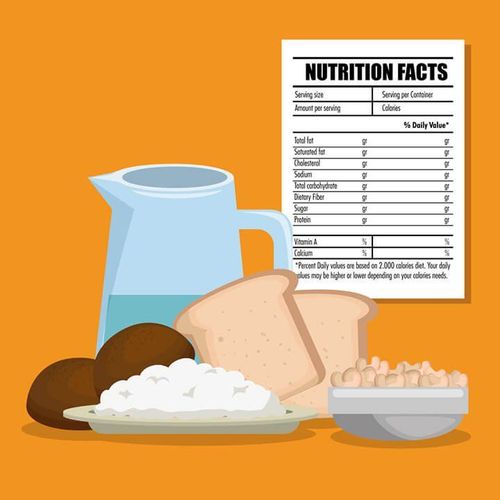
Người bệnh Celiac cần kiểm tra kỹ càng thành phầm sản phẩm trước khi mua
5. Other methods for a gluten-free lifestyle
Here are ideas for making the transition to a gluten-free diet better:Separate all kitchen items used to prepare gluten-free and gluten-free foods including utensils cooking, cutting board, fork, knife and spoon. When dining out, if you're not sure about the ingredients in a particular dish, ask the chef how the dish is prepared. You can also ask if there is a gluten-free menu available. Most restaurants have a website where you can preview the menu. Ask your pharmacist if any of your medicines contain wheat or a wheat by-product. Gluten is used as an additive in many products from medicines to lipsticks. Manufacturers can provide a list of ingredients upon request if they are not listed on the product. Many herbs, vitamins, supplements, and probiotics contain gluten. Consider your portion sizes. Gluten-free foods may be safe and good for you, but they contain no calories. If you're still experiencing symptoms while on the gluten-free diet, double-check as you may still be consuming small amounts of gluten hidden in sauces, salad dressings, and canned soups or through foods. additives, such as modified food starch, preservatives and stabilizers. Some medications may even contain gluten. Tablets and capsules may contain gluten. The risk that your medicines contain gluten is very small but if you are concerned you should discuss this with your doctor or pharmacist. Please follow the website: Vinmec.com regularly to update a lot of useful information.
Please dial HOTLINE for more information or register for an appointment HERE. Download MyVinmec app to make appointments faster and to manage your bookings easily.
Reference article: update.com



